- The first step to create new jobs and a better offer for citizens
A large local commitment, an exciting EU project, energetic project management, magnificent nature and significant history are some of the factors that will contribute to success in Narvik through the digitization project AURORAL.
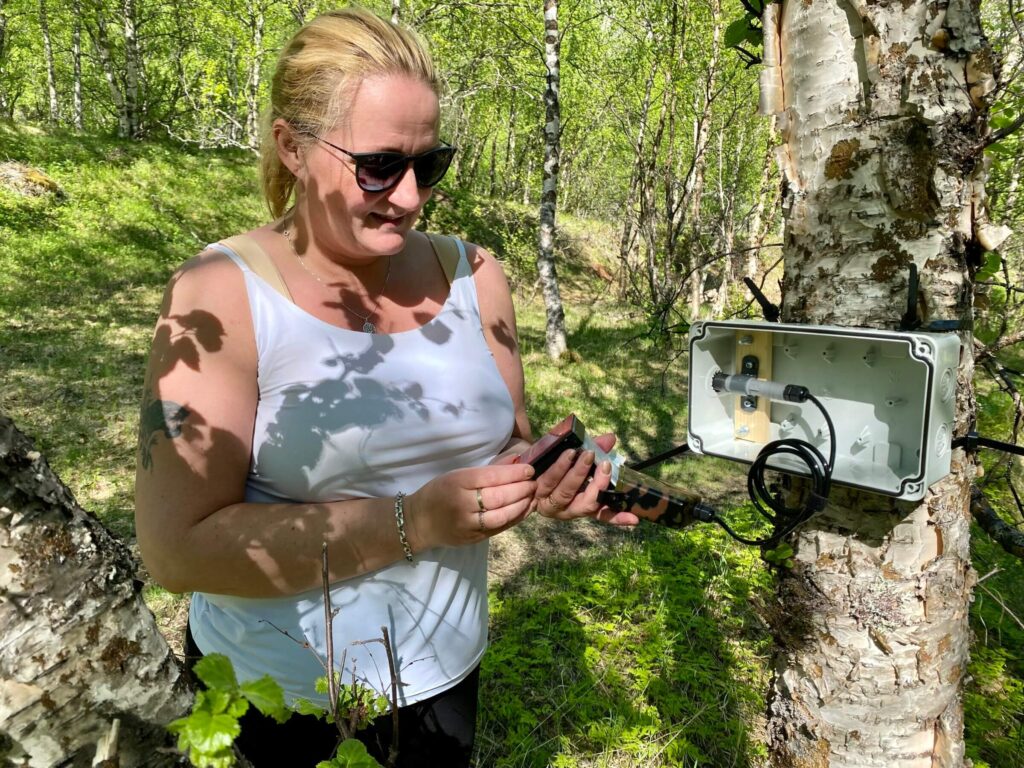
A large local commitment, an exciting EU project, energetic project management, magnificent nature and significant history are some of the factors that will contribute to success in Narvik through the digitization project AURORAL.
This summer, hikers to Stetind, Beisfjord minnelund, Fagernesfjellet, Rombaksbotn and Tore Hunds rike in the Hålogaland region in Nordland can become part of an important database that is of great interest to Smart Narvik, Narvik municipality and Visit Narvik.
The five mentioned travel destinations have been selected as test sites in the work to digitalise, improve and increase tourism in the Norwegian districts.
- We have hung up counters and made central parts of the local history available via QR codes at the five destinations, says program leader for Smart Narvik, Mikael af Ekenstam from Smart Innovation Norway.
Has digitized local cultural history
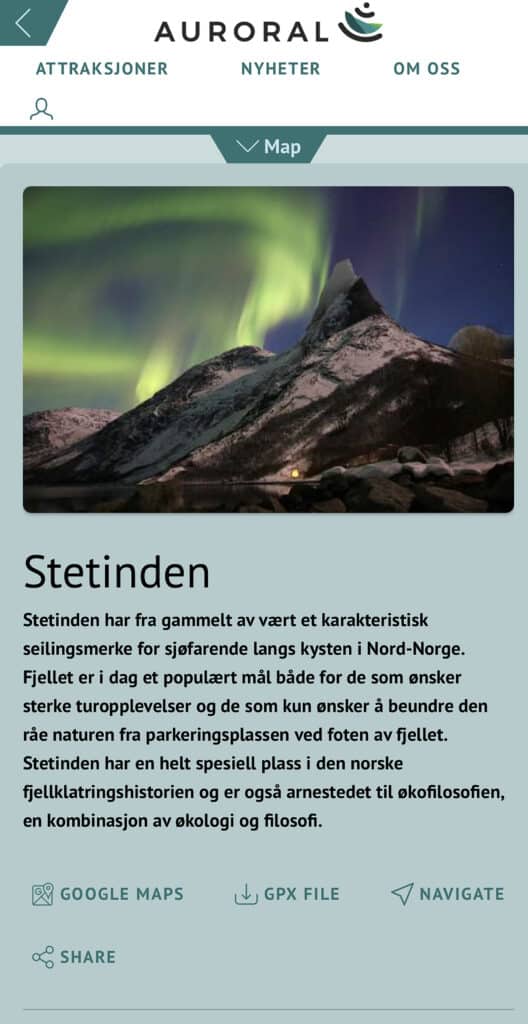
The work has been done as part of the EU project AURORAL, and three months of registrations of the number of people and the number of scans of the QR codes will hopefully provide an answer as to whether there is a basis for adaptations, improvements and new business activities related to tourism in Hålogaland.
Several parts of the local community have been consulted in the process that has led to the concretization of the project, and it has been important for the project management to connect both politicians and business closely to the processes.
- We feel that we have succeeded in this so far, says af Ekenstam.
Ann-Hege Lund from Visit Narvik is happy that a large EU project such as AURORAL can contribute to creating activity at local level. She is concerned that the municipality must take responsibility for preserving the cultural local history, and an important way to do that is to make it available to everyone.
- Spreading knowledge about history and making it available in a simple way is a form of sustainability. Digitization, in this case using QR codes, allows people to get to know the history of the five test sites. Initially, it is in the form of text and images, but we are working on further developing the project and have both video and an augmented reality as our goal, she says.
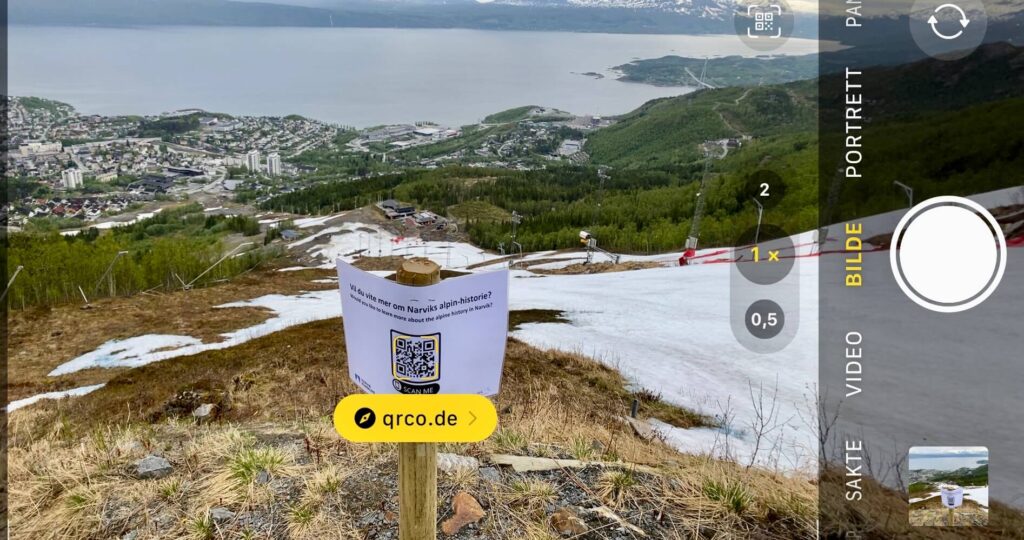
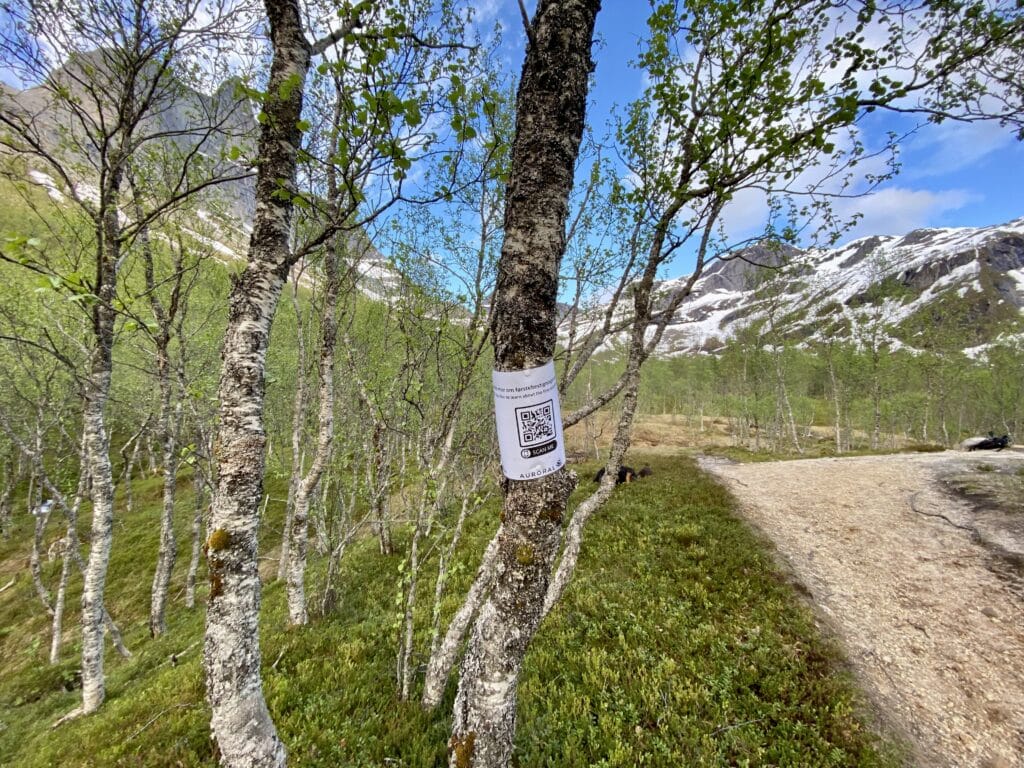
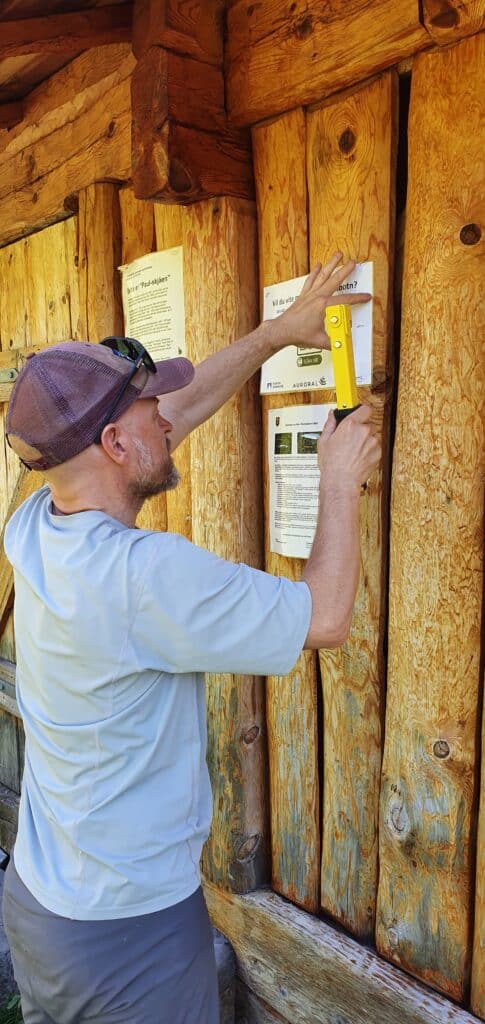
Hope to find answers about transport solutions
Smart Narvik has already received inquiries from others in Hålogaland who are interested in both people counters and QR codes. It fits well with the project's aim to expand the number of test sites during the summer. And the more data you collect, the better data base you get for further work with AURORAL.
And when it comes to autumn's planned analyzes of the summer's data collection, af Ekenstam and Lund are excited about what they find. The results can have large and positive ripple effects for Narvik society and the entire Hålogaland region.
- The data gives us information about the number of walkers and the time of the visit. The analyzes will tell us whether there is a basis for, for example, creating more business, changing current solutions or improving public transport in connection with the destinations. We are particularly interested in transport solutions. In the districts there is often a lack of public transport, and although the primary target group is visitors, we are interested in the opinions of the permanent residents as well, says the Smart Narvik program leader.
In addition to the census, the project will carry out a survey to map what people might want from transport services. Today's public transport services almost require visitors to hire a car if they want to move around the region. And even if the majority of the local population has their own car, it is possible that they would have taken a public bus or used another type of transport such as carpooling if the offer had been there.
It is hoped that statistics from AURORAL will say something about this.
CONTACT PERSON:
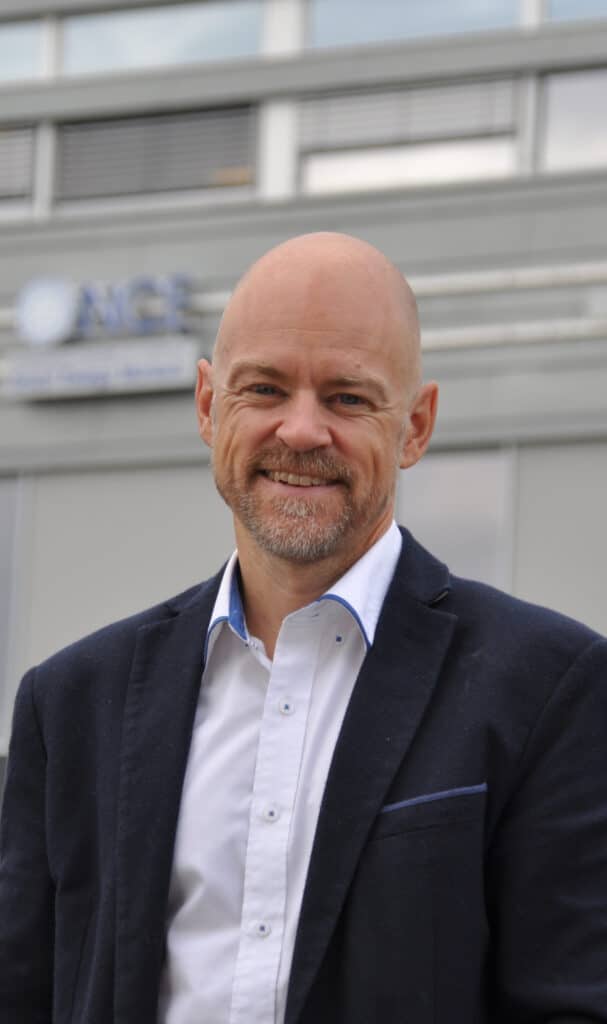
Mikael of Ekenstam,
Senior Advisor,
Smart Cities & Society
Telephone: +47 906 300 82
Email:
mikael.af.ekenstam@smartinovationnorway.com
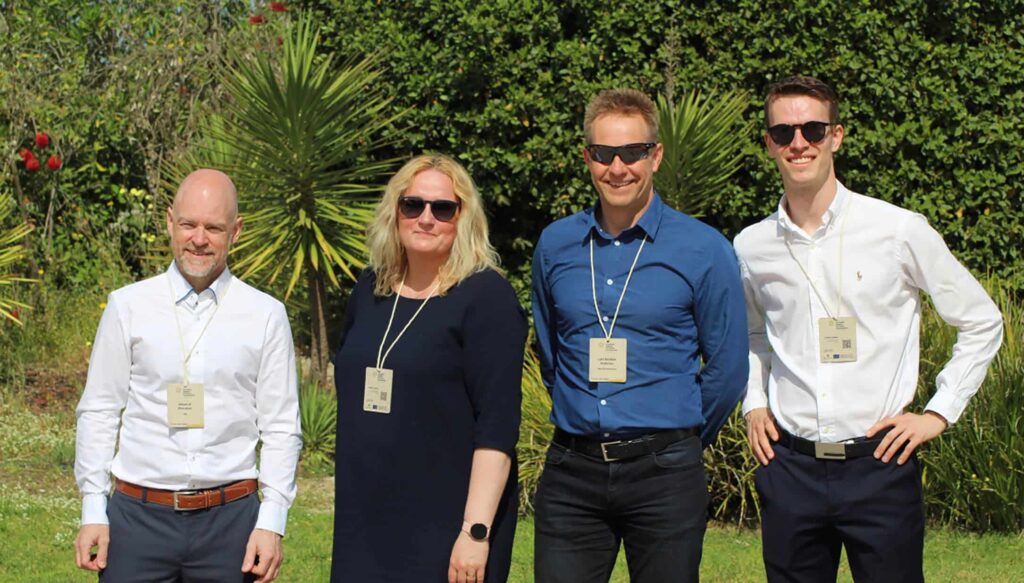
Many advantages of a good data base
In order to avoid the data in the project being manipulated, it has been chosen, among other things, to install the same type of people counters that the Midt-Hålogaland Outdoor Council uses, which are known to be technically reliable. In addition, the counters are placed in narrow places where you have to pass one by one, and in places where you cannot stand.
Such conditions mean that Lund and af Ekenstam feel confident that the collected data will give a real picture of the summer traffic linked to the five destinations.
- A concrete example of using our data against transport services that already exist today is one of the bus services in Narvik, which has tourists as its target group. The bus company's own statistics in combination with our data can give a clear indication of whether and possibly how they should adapt their offer, explains af Ekenstam.
Another element that access to data brings with it is that you have a good numerical basis in application processes. Destinations, paths, signage and other things require maintenance, and by being able to document how many people travel in the area, you are in a stronger position in application processes against the policy apparatus.
But first, the locally produced content in the QR codes will tempt even more tourists and permanent residents out to the five popular travel destinations. And then Smart Narvik, Narvik municipality and Visit Narvik will present the results in the autumn.
- Hopefully, during the winter months, we can develop a new service or new offer that can be tested next summer. We have always been very conscious of concretizing local needs and engaging local stakeholders to give input on what we do. Hopefully we will be left with something good and sustainable on the eve of 2024, say Mikael af Ekenstam and Ann-Hege Lund.
FACTS ABOUT AURORAL IN NARVIK:
• Narvik municipality is a partner in the international project AURORAL, which is part of the research and development program Horizon 2020.
• In AURORAL, in the period 2021-2024, we will work on developing and testing how digital platforms can make it easier to live and work in rural areas in various places in Europe.
• The use of data and digital platforms has the potential to solve some of the most important issues in such areas, for example by offering solutions that can compensate for long distances and a lack of people.
• Security, privacy and users' control over their own data are key words that are central to the development of the technical solutions in the project.
• AURORAL has a total of 25 European partner organizations from 10 countries that participate in the project in various roles.
• The Hålogaland region is one of the pilot areas in the project and the six other pilot areas are located in Finland, Sweden, Portugal, Austria, Italy and Spain.
• In addition to the large project group, a local reference group has been put together in Narvik to give input to the pilot project and ensure that we do things that are relevant in view of the local needs. An example of a local need is to find out how many people visit the areas, and what needs this triggers for maintenance of paths, waste management and provision for parking.
• The reference group includes representatives from Visit Narvik, Hålogaland Council, Nordland County Council, Midtre Hålogaland Outdoor Recreation Council, Harstad Municipality as well as various tourism and transport companies. In addition, the residents are represented through Skjomen, Beisfjord and Kjøpsvik rural development groups.
On the official website and in the other channels of AURORAL you can find more information about the project:
